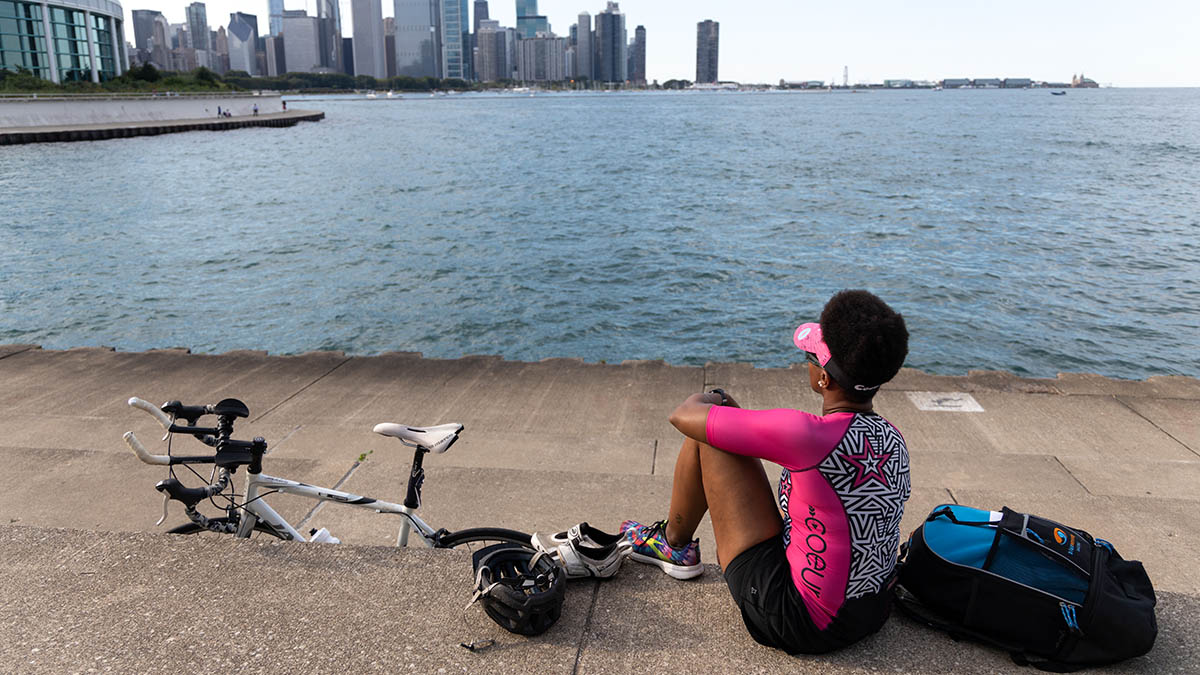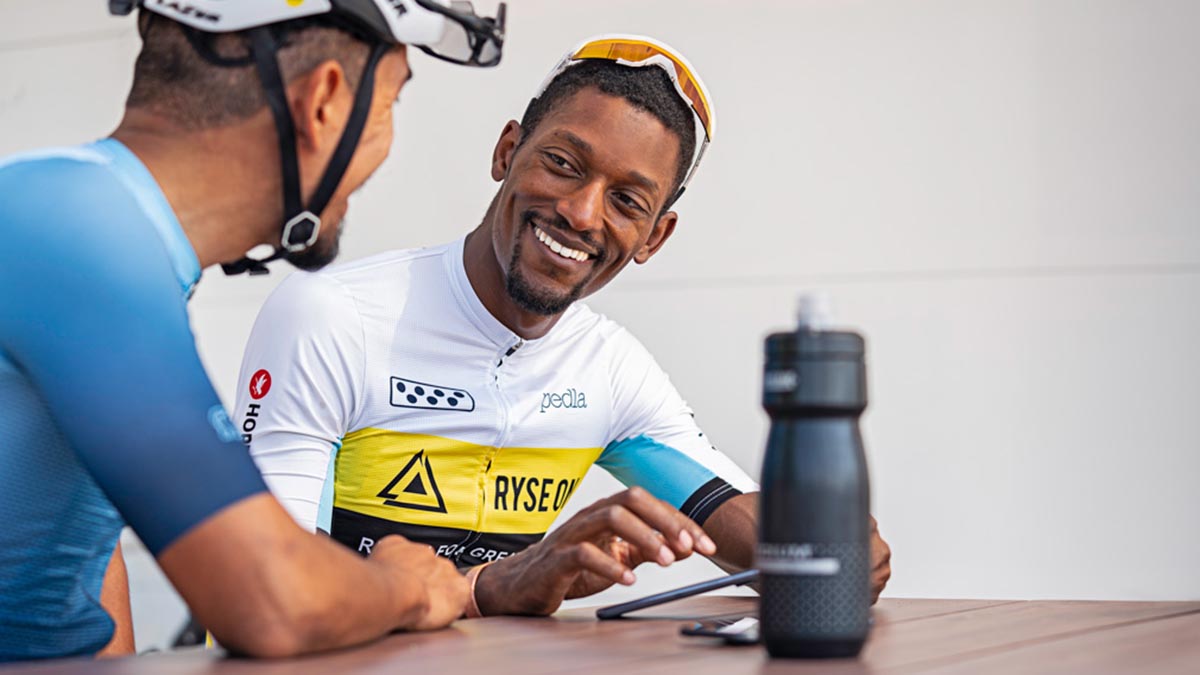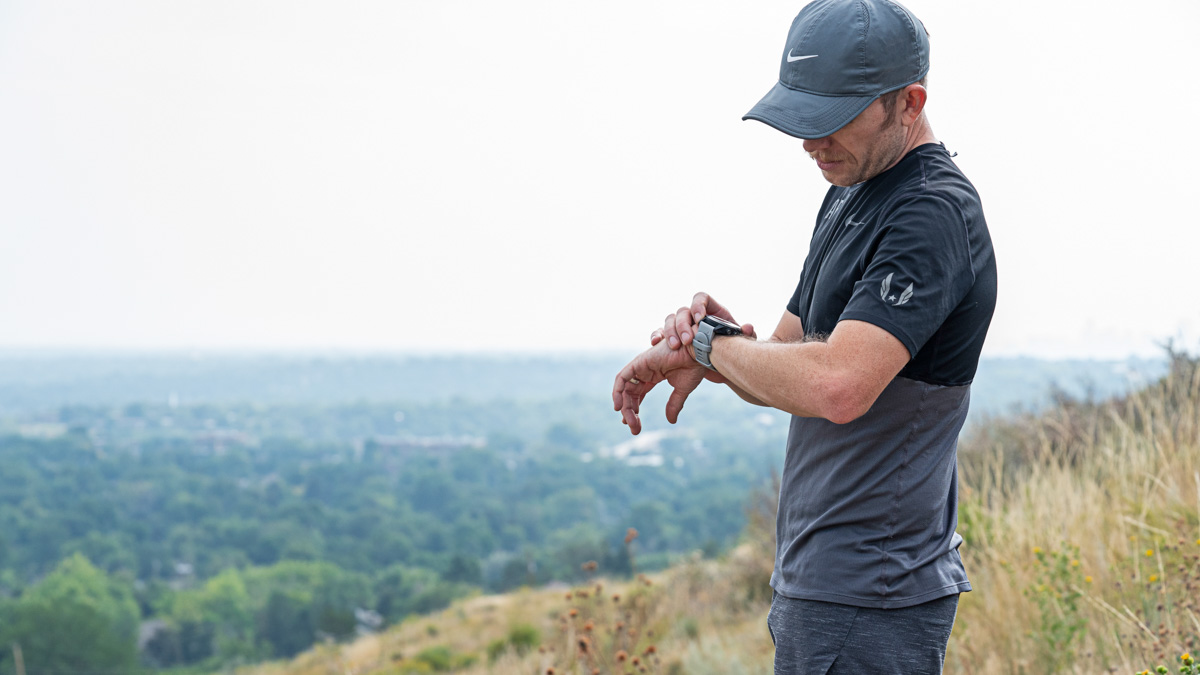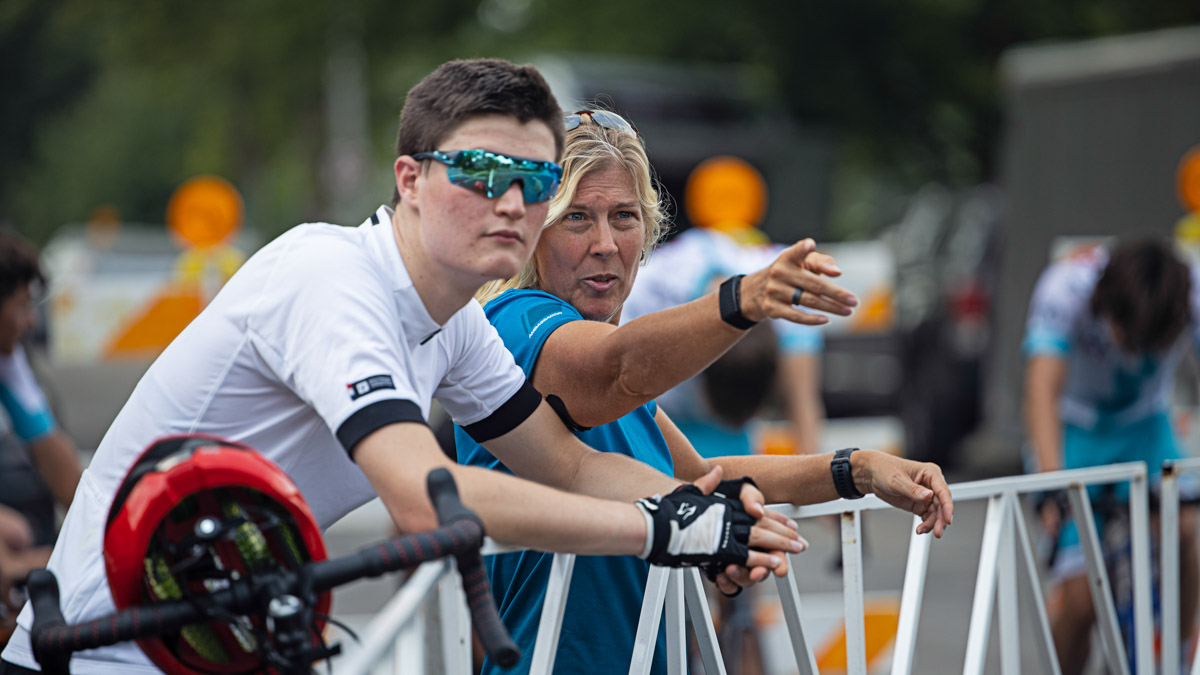When it comes to athlete load management, there are a lot of variables to tweak in your programming and wearables you can utilize to ensure that your clients aren’t being exposed to more volume, density, and intensity than they can recover from and adapt to. But the demands of training and racing don’t exist in isolation and are merely one aspect of the cumulative load that every individual must deal with daily. In this post, we’ll explore some of the contextual lifestyle factors that are brought to bear, how each might be limiting your athletes’ gains and potentially overloading them, and some simple ways to mitigate the negative impact.
Inadequate Sleep
Subjecting your athletes to training stimuli is merely the first step in prompting their progression. To close the loop on adaptation, they must be able to repair damaged muscle fibers, groove motor patterns in the brain, make physiological enhancements like increasing bone density and creating new blood vessels (angiogenesis), and more. Sleep is the foremost opportunity for all of these adaptations to occur, and if it’s compromised, training gains can be slowed, halted or even reversed.
According to a study published in “Sports Medicine,” the physical effects of getting insufficient sleep include increased muscle soreness, higher inflammation levels, increased perception of pain and effort and decreased psychomotor function. The author also touched on a largely unheralded way that restricted sleep can hamper your athletes: “Learning and memory deficits are also evident after sleep deprivation. It appears that sleep is important not only following learning for consolidation of memory, but also for preparing the brain for next-day memory formation. The ability to consolidate skill memory is important for skill performance, and thus sleep deprivation may have a negative impact on performance by reducing cognitive function.”
In other words, if they’re continually getting poor sleep, your athletes could be unable to hit save on the skills work you’re doing with them, will go into the next session predisposed to learn less efficiently and might struggle to recall and apply what they’ve already learned. Other than the obvious suggestion of urging your athletes to get more sleep at night, the Sports Medicine study author suggests napping as an effective way to top up on their total rest. She referenced a paper published in the “Journal of Sports Sciences,” which found that athletes who took a 30-minute nap improved their sprinting performance. So if you’ve planned an interval or hill sprint session, suggest that any client who’s feeling weary crams in a short nap to improve their physical and mental output.
Underfueling
You wouldn’t expect your car to go fast – or at all – if you’d emulated Cosmo Kramer in the memorable “Seinfeld” episode in which he takes the gas tank meter below the empty line. So neither should you think that anyone in your training group can achieve peak performance and optimal recovery if they’re not getting sufficient nourishment. When athletes don’t consume enough calories and macronutrients, they not only see dips in their training times and totals but also neglect to provide their bodies with the blocks necessary to repair and rebuild afterward.
We all have occasional days when our busy schedules get the better of us, and we end up in a calorie hole. Still, if any of your clients are consistently underfueling, this can lead to the onset of conditions like relative energy deficiency in sports (RED-S), low energy availability (LEA), and – even if they’d normally be able to handle their current programming if eating well – overtraining syndrome (OTS). In a comprehensive review of the literature on LEA, a group of Irish sports scientists stated that “over 40% (44.1%) of female ultra-marathon athletes were found to be ‘at risk’, with 32% demonstrating DE [disordered eating] behaviors. Furthermore, it was shown using six additional questions that 92.5% of the athletes lacked awareness of the TRIAD.”
They went on to explain that the female athlete triad “demonstrates the interrelationship between LEA, menstrual dysfunction and poor bone health,” and also stated that low-calorie consumption is tied to side effects like incomplete recovery, immune system suppression, gastrointestinal disturbances, reduced cardiovascular health, poor performance and emotional instability. An International Olympic Committee (IOC) consensus statement on RED-S asserted that while most of the research on low energy syndromes and their side effects has focused on female competitors, “male endurance athletes in running and non-weight bearing sports such as cycling, are at high risk for low BMD [Bone Mass Density]. LEA alters the endocrine function and direct and indirect impacts on bone may occur in male athletes.”
These studies show how underfueling might not only be putting the parking brake on your athletes’ training gains but also jeopardizing their overall health and well-being. Eating disorders and disordered eating are delicate topics for any coach to tackle but providing some basic guidelines can help. The IOC statement suggests that “a practical treatment approach to address low EA is to implement an eating plan that increases current EI [energy intake] by ∼300–600 kcal/day (1.2–2.4 MJ/day) and addresses suboptimal practices related to energy spread over the day and around exercise sessions, dietary composition and food-related stress.” If this doesn’t do the trick, try referring the client in question to a nutritionist or registered sports dietician to help lay out a practical plan that will help match energy consumption to their performance and recovery needs.
Mental Health Challenges
The body might well bear the brunt of the physical challenges that your programs present to your athletes, but we cannot ignore the fact that the mind plays a critical role in recovery. There’s an increasing body of evidence to suggest that when athletes are overstressed emotionally, they are less able to bounce back physiologically. A group of researchers from the University of Texas at Austin found that life event stress reduced participants’ muscle function recovery and increased their perceptions of pain, fatigue, and soreness for up to four days after a hard training session. They concluded that “in all analyses, higher stress was associated with worse recovery.”
There also appears to be a correlation between mental health and injury risk. A team of Swedish and French sports scientists found that previous studies demonstrated that “athletes who experienced changes and a high level of stressful events were at a greater risk for sustaining a traumatic injury.” In their own area of study, they noted that intra-personal, sociocultural and inter-personal factors also seemed to increase the risk of developing chronic overuse conditions. Though the direct mechanism is unclear – not least because they identified 27 possible contributors across these three categories – the authors suggested that stress, anxiety, relationship issues, and so on keep athletes’ autonomic nervous system in a state of high alert, which negatively impacts their recovery habits and has a knock-on effect on the ability of their body to adapt to training stressors.
Such research shows the pressing need for coaches to consider psychosocial elements when considering their athletes’ recovery and load management. In addition to taking data from wearable devices into account, encouraging each of your clients to complete a brief daily questionnaire via TrainingPeaks could help identify any mental health concerns before they get out of hand. If an athlete is persistently struggling with an ongoing issue or chronically high levels of stress and anxiety that seem to be impacting their mindset and performance, you could refer them to a trusted sports psychologist. There are certainly other lifestyle factors that can have a negative effect on training. Still, it is essential that athletes receive the right amount of sleep and nutrition in order to close the loop on training adaptation. Coaches should be aware of how their athletes are eating and sleeping, as well as any potential psychosocial stressors, to make sure their athletes are getting the most out of their training.
Resources
Halson, Shona L. (2014, May 3.)“Sleep in Elite Athletes and Nutritional Interventions to Enhance Sleep.” Retrieved from https://www.ncbi.nlm.nih.gov/pmc/articles/PMC4008810/#CR28.
Waterhouse, J., et al. (2007, December.) “The Role of a Short Post-Lunch Nap in Improving Cognitive, Motor, and Sprint Performance in Participants with Partial Sleep Deprivation.” Retrieved from https://pubmed.ncbi.nlm.nih.gov/17852691.
Logue, D., et al. (2018, January.) “Low Energy Availability in Athletes: A Review of Prevalence, Dietary Patterns, Physiological Health, and Sports Performance.” Retrieved from https://pubmed.ncbi.nlm.nih.gov/28983802.
Mountjoy, Margo, et al. (2014) “The IOC Consensus Statement: Beyond the Female Athlete Triad—Relative Energy Deficiency in Sport (RED-S)” Retrieved from https://bjsm.bmj.com/content/bjsports/48/7/491.full.pdf.
Stults-Kolehmainen, Matthew A, Bartholomew, John B and Sinha, Rajita. (2014, July.) “Chronic Psychological Stress Impairs Recovery of Muscular Function and Somatic Sensations Over a 96-Hour Period” Retrieved from https://pubmed.ncbi.nlm.nih.gov/24343323.
Tranaeus, Ulrika, Martin, Simon and Ivarsson, Andreas. (2021, December 3.)“Psychosocial Risk Factors for Overuse Injuries in Competitive Athletes: A Mixed-Studies Systematic Review” Retrieved from https://www.ncbi.nlm.nih.gov/pmc/articles/PMC8938379.









